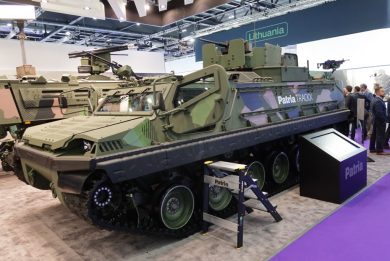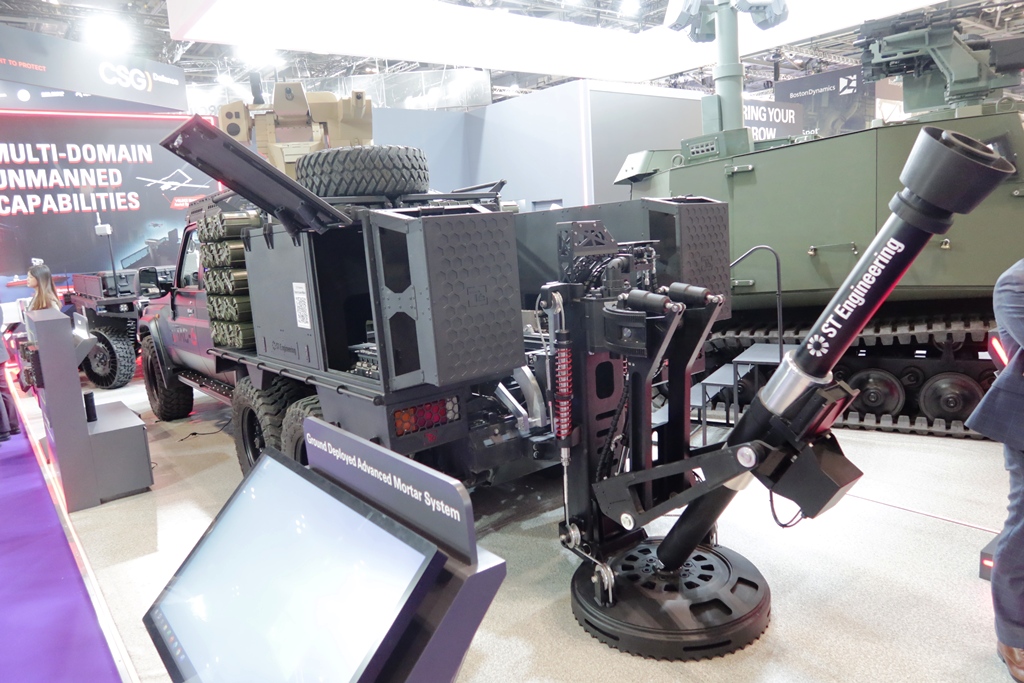
DSEI 2025 – ST Engineering unveils its proposal for the British Army Light Infantry Reconnaissance-Strike concept
At the London exhibition ST Engineering exhibited the solution the Singaporean company developed to answer the British Army Light Infantry Reconnaissance-Strike requirement, which includes a UK developed 6×6 light platform, an electronic architecture kit developed together with a UK company, the GDAMS mortar system plus the Adder remotely controlled weapon station, both from ST Engineering
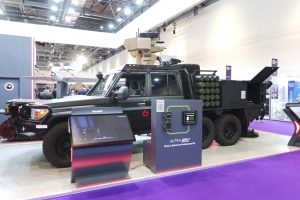
ST Engineering acts as system integrator, including as much UK content as possible, starting from the platform. The TAC-6 is a 6×6 utility platform based on the Toyota Land Cruiser 79; it can run in 6×2 or 6×6 mode, has a 2,200 km cruising range and can carry a 4,400 kg payload. The cabin can host a four-man crew, with the commander on the right seating in front of the UltraEAK screen.
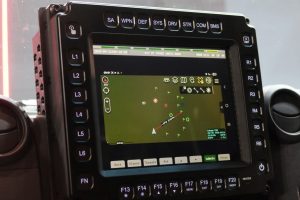
The Ultra Electronic Architecture Kit is a joint development between ST Engineering and Ultra PCS, part of Ultra Electronics, and is proposed as a military off-the-shelf electronic vehicle architecture solution. The UltraEAK is the central digital system and enables the integration of various sensors and effectors. The mission system is delivered through the UltraPGI platform gateway interface software and is fully open, as it includes an open application programming interface which allows third parties to develop their own plugins to integrate their systems. The cabin was also hosting Bowman radios, ensuring voice and data connectivity.
Providing light infantry with enhance lethality, in the form of an indirect fire platform capable to follow tactical units giving them an embedded firepower capacity, without the need to forward a call-for-fire request to higher echelons, considerably reducing the OODA Loop (Observe, Orient, Decide, Act), this the main objective of the concept.
The mortar is the main effector; at the back of the vehicle, we find the GDAMS (Ground Deployed Advanced Mortar System), which can be fitted either with an 81 or a 120 mm barrel. The GDAMS was unveiled by ST Engineering at DSEI 2023;a hydromechanic system deploys the mortar at the back of the vehicle, the baseplate being lowered on the ground nearly no recoil force is transferred to the vehicle chassis. This allows firing heavy mortar rounds from a light utility vehicle. In the layout seen at DSEI two racks on the side of the flatbed, just behind the cabin, hosted 20 rounds each. The cabinets at the rear host the electronics and mechanisms allowing the mortar deployment.
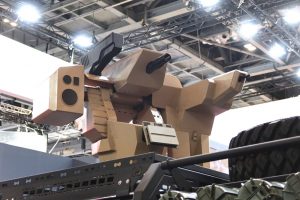
While the GDAMS offers an indirect fire capability, the Adder Twin stabilised remotely controlled weapon station provides both direct fire self-protection against land threats as well as against UAS. The Adder main armament, located at the centre of the turret, was the ST Engineering 40 mm Automatic Grenade Launcher (AGL) Mk2, which can fire the company 40 mm airburst munitions, the optronic package which includes the laser rangefinder that provides the target range, a key data for programming the ammunition, being located on the right of the turret. On the left we find the secondary armament, a 7.62×51 mm machine gun, while to further increase the C-UAS capacity of the Light Infantry Reconnaissance-Strike vehicle a jammer has been installed on the right of the 40 mm AGL, which represents the soft-kill capacity of the Adder against drones. The elevation arc of the Adder goes from -20° to +60°.
All sensors and effectors of the ST Engineering Light Infantry Reconnaissance-Strike proposal are fully integrated. The Singaporean company involved as many UK companies as possible in its platform. One of them is Babcock, which at DVD 2024 showcased an evolution of the GDAMS developed with ST Engineering, which should the system be selected by the British Army will be manufactured at Babcock facility in Devonport, Plymouth. “We are also exploring munitions production with Babcock,” a company representative told EDR On-Line.
The GDAMS will be built at our production facility in Devonport, Plymouth, using a UK supply chain, making it the first UK-manufactured 120mm mortar systems in decades.
According to information available, the concept is being tested by the 1st Battalion, The Royal Irish Regiment, which includes a number of other sensors and effectors. The Light Infantry Reconnaissance-Strike concept combines mobility, digital integration, and autonomous systems into a cohesive, mission-ready force, and is designed to enhance a brigade’s firepower and reconnaissance capabilities with rapid deployment and greater battlefield reach. The British Army developed the concept based on lessons learned, including those originated from the Russian-Ukrainian conflict.
Photos by P. Valpolini



